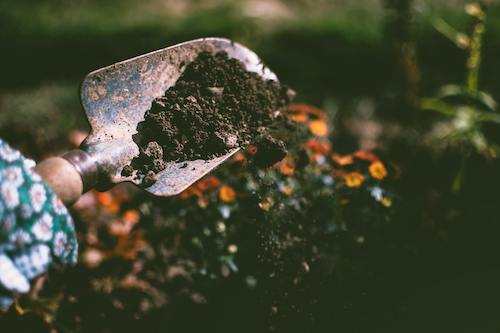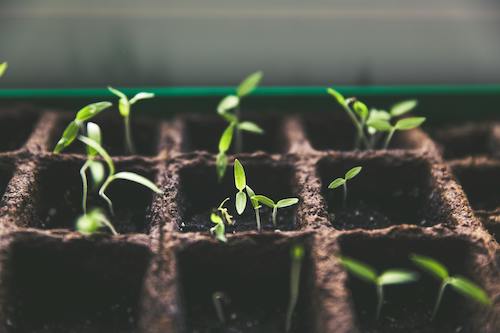How to Start a Veggie Garden: Easy First Steps for Beginners

Here’s how to start your own veggie garden – tu jardin de verduras.

Having your own veggie garden is possibly the most satisfying thing you’ll ever have. Why? It’s exciting to plant, soothing to do the work, and satisfying to see the fruits of your labor. Not to mention being able to go out back and harvest zucchinis, tomatoes, artichokes, fruit, and more is incredibly useful – it saves you money, it helps you be ready for anything (think of all the food recalls at the market!) and the veggies just taste that much better. What’s more, each season you’ll have fun new tasks to carry out. It’s a great habit to develop that also gives you the most incredible benefits.
I can honestly say starting my own garden has been one of the most powerful things I have done in my life.
If it seems overwhelming, the trick is to split it up into mini projects that you can handle more easily, especially if you work long hours. Then, designate specific times when you’ll only focus on your garden. For example, every Saturday morning, or maybe evenings after work. That way you always have something to look forward to when you get home from work, no matter how crappy your day is.
How Do You Start Your Own Veggie Garden?
- Decide the type of gardening containers you’ll use
- Prep your soil
- Prep your seeds
Container Gardening
Grow veggies or flowers in pots, buckets, or other containers—ideal for limited spaces like balconies or patios.
Vertical Gardens
Use trellises, wall-mounted planters, or hanging pockets to maximize small areas and create living walls.
Raised Planters & Table Gardens
Similar to raised beds, but designed to stand higher off the ground—great for reducing bending or kneeling.
Straw Bale Gardening
Plant directly into decomposing straw bales, which act as both the container and nutrient source.
Hydroponic Systems
Grow plants in nutrient-rich water instead of soil—saves space and can be used indoors year-round.
Soil Prep:
- Check Soil pH: Determine if your soil is acidic, neutral, or alkaline so you can adjust it as needed.
- Remove Debris & Weeds: Clear out rocks, roots, and unwanted plants to give your veggies a clean start.
- Loosen & Aerate: Turn or till the soil to improve drainage and root penetration.
- Add Organic Matter: Mix in compost or well-rotted manure for nutrient-rich soil.
- Incorporate Amendments: Adjust the soil based on test results (e.g., lime for acidity, sulfur for alkalinity).
- Rake & Smooth: Finish by leveling the soil surface, preparing a tidy bed for planting.
Seedling Prep:
Here are six important steps to take with your seedlings before planting them in your veggie garden:
- Inspect for Health: Check leaves, stems, and roots for any signs of disease or pests.
- Label & Organize: Keep track of each seedling variety so you know what you’re planting and where.
- Harden Them Off: Gradually introduce seedlings to outdoor conditions (sunlight, wind, temperature changes) over 7–10 days.
- Choose Proper Soil/Containers: Make sure their temporary pots or seed trays have good drainage and nutrient-rich mix.
- Water Consistently: Keep soil evenly moist but not waterlogged, giving your seedlings a strong start.
- Check Spacing & Depth: Plan where each seedling will go in the garden and how deep it should be planted for healthy root growth.





